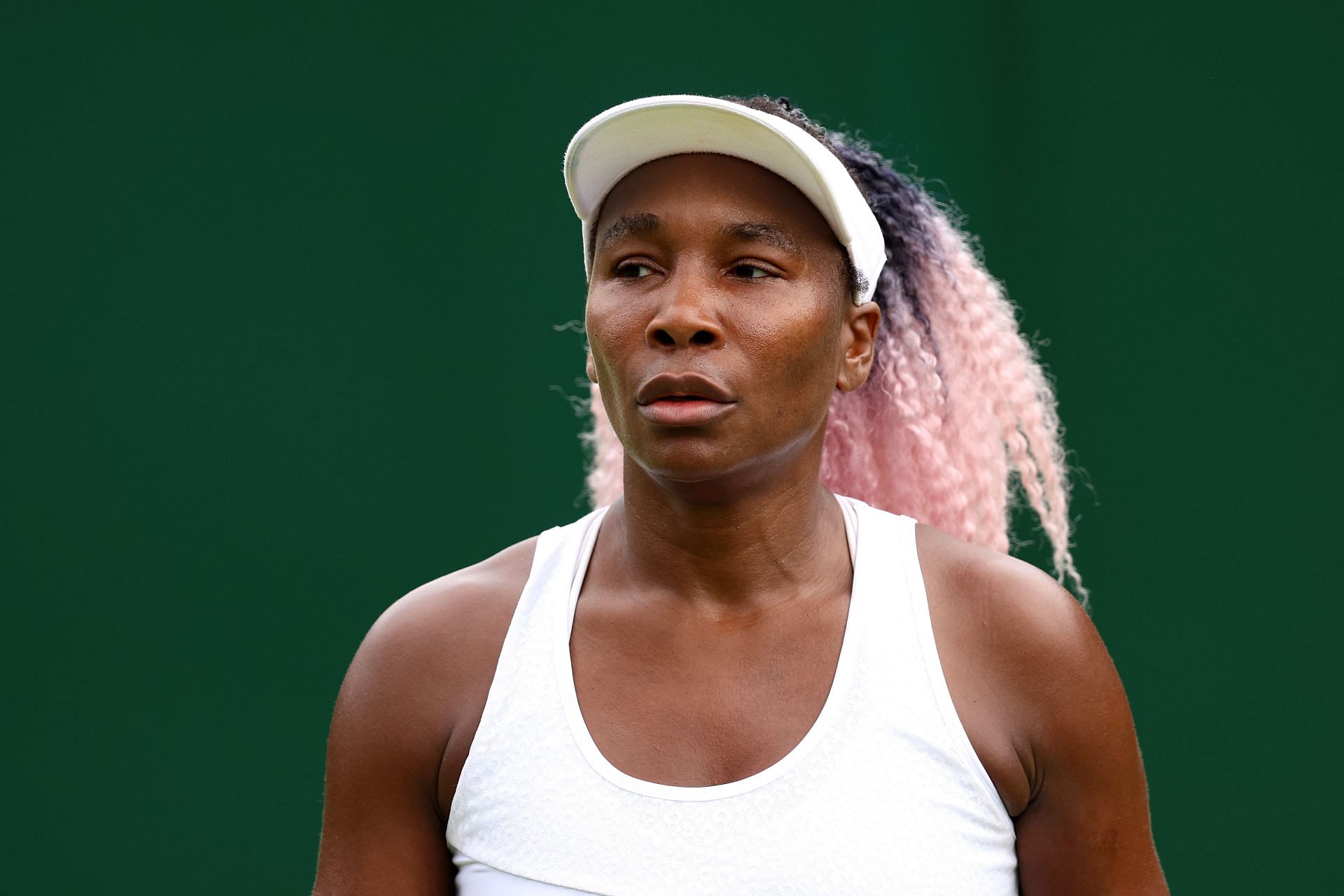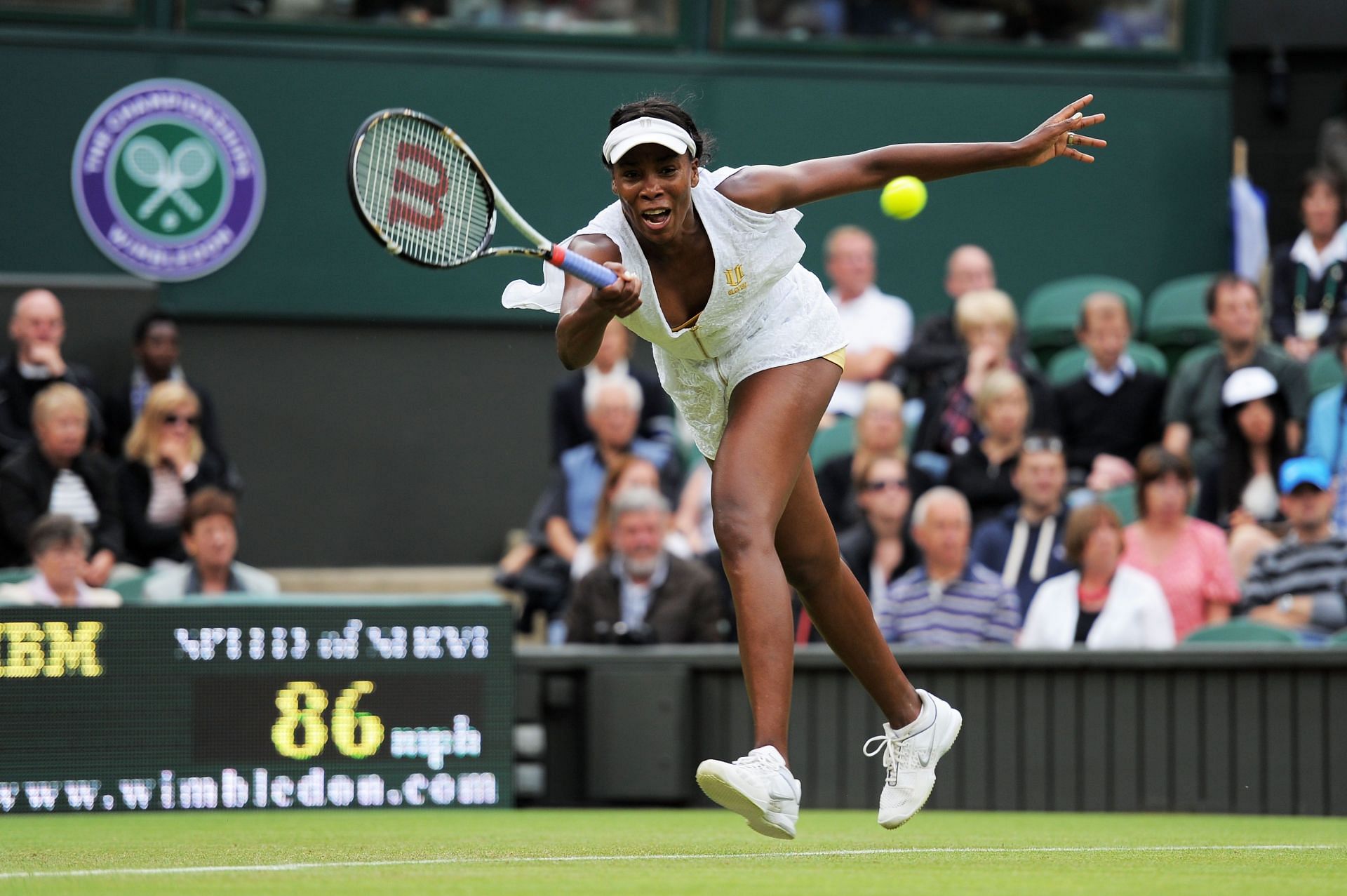
How Venus Williams overcame Sjogren's syndrome to make a comeback at age 37
From the heights of glory to the depths of despair, Venus Williams has seen it all during a professional career spanning close to three decades with the possibility of more to come in the near future.
The former World No. 1 who made her debut in 1994, is yet to play a tournament this year after having pulled out of the 2024 Australian Open.
The 43-year-old, however, is expected to be back in action next month, and has received a wildcard to the Indian Wells Open.
Given the remarkable comebacks that Williams has managed in the past, her fans are well aware that more titles and records remain a distinct possibility.
2010 was in many ways a memorable one for the Williams sisters, who rose to occupy the top slot in the women's doubles rankings for the first time ever.
Venus Williams also regained her World No. 2 ranking in the women's singles before a knee injury forced the American star to miss the remainder of the 2010 season post the US Open.
The diagnosis of Sjogren's and the bumpy road ahead for Venus Williams

More despair followed for Williams at the 2011 Australian Open, where she was forced to retire in the third round. Incidentally, it was the first time since 1994 that Williams had to retire from a Grand Slam tournament.
After withdrawing from the Western & Southern Open due to a viral illness, Williams was diagnosed with Sjogren's syndrome midway through the US Open. An exit before the second-round match in New York meant that it was the first time ever that she did not make it to the quarterfinal stage of a Grand Slam event.
Owing to a condition that causes fatigue along with muscle and joint pain, the older of the Williams sisters - then aged around 30 - did not play any competitive tennis for the rest of the year, appearing only in exhibition matches.
While doctors let Williams know that medications that treat specific symptoms linked to her disease could take months to take effect, the champion athlete chose to adopt a vegan diet.
Following up on smoothies and fruit breakfast with meals that took care of her protein, carbs, and veggies requirements, Williams' strict regimen aided her recovery process.
The seven-time Grand Slam champion later stated that her symptoms began in 2004 when she experienced fatigue and shortness of breath, but the condition remained undiagnosed until seven years later.
Williams was out of the top 100 by the time she began the 2012 season.
By virtue of the wildcards that she received for the tournaments in Miami and Charleston, the California-born tennis legend clawed back to form, ending the year as World No. 24 following a title triumph at the Luxemborg Open.
Quite incredibly, Williams broke into the top 10 in 2015 and went on to receive the WTA Comeback Player of the Year award for the year.
The best, however, was yet to come.

After making it to the Wimbledon semifinals in 2016, Williams reached the 2017 Australian Open final - her first since 2003.
While she lost in the final to her sister Serena Williams, Venus WIlliams would go on to make another deep run in a Slam. Entering Wimbledon as the tenth seed, Williams reached the finals of the event at age 37. She lost to Garbine Muguruza in straight sets. She also ended the year in the top-5 courtesy of a semifinal run in the US Open and a final showing in the WTA finals.
Battling a debilitating disease, the American champion achieved what few expected her to - no wonder then that Venus Williams' fans are now hoping that the 41-year-old has saved the best for last.
